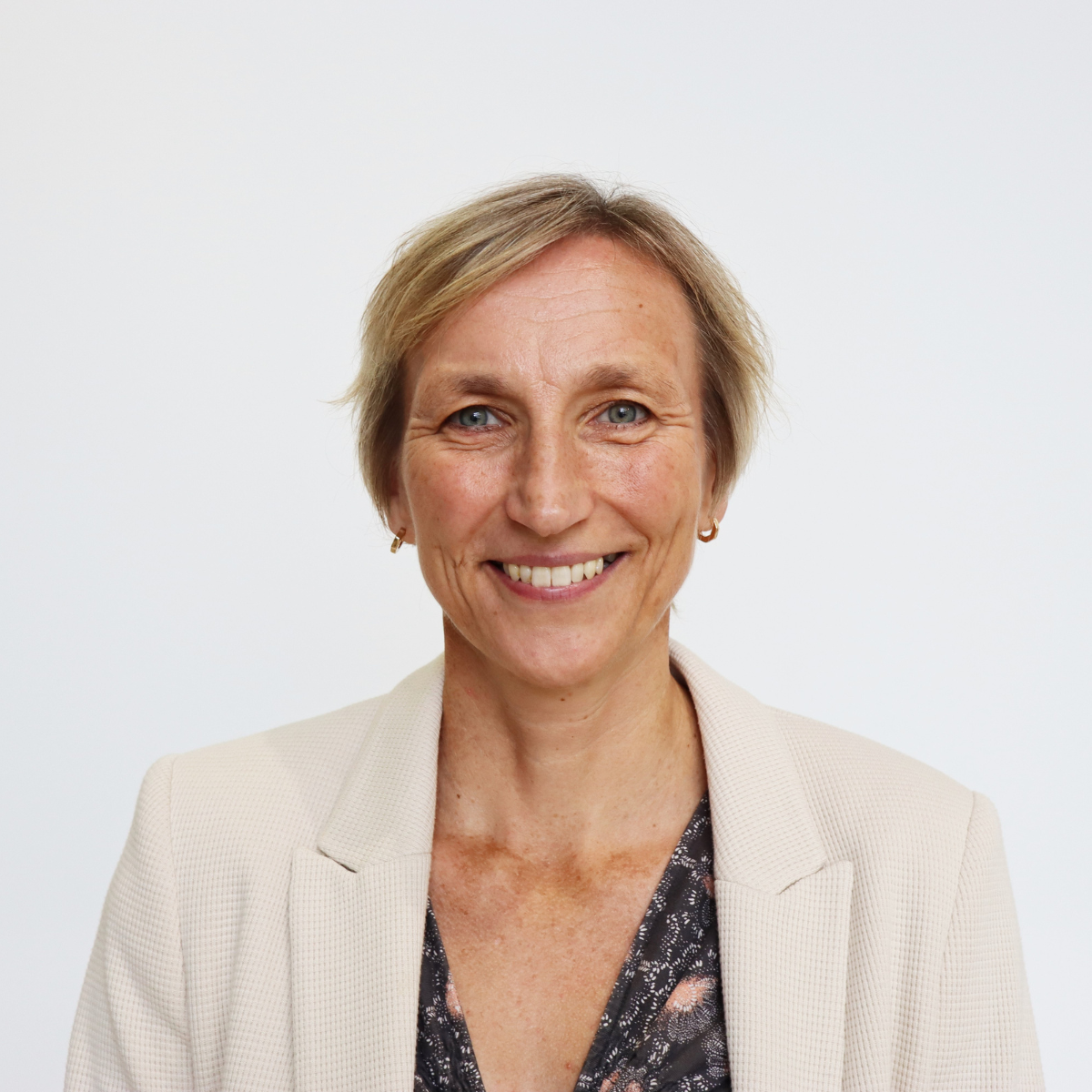Most genetic alterations linked to disease aren’t in genes but are in the ‘dark genome’. Nucleome is using new technology to shine a light in these unknown depths and find the hidden genetic connections to disease.
All in Genetic testing
Naomi Allen: What can 500,000 genomes tell us about human health?
UK Biobank has made half a million whole genome sequences available for research - so what can we learn from them?
Turi King: Digging up the past with DNA sequencing
Professor Turi King led the genetic identification on the remains of King Richard III in a carpark in Leicester. We chat about what that experience was like, the ethics of sequencing long-dead humans and who should be involved in those ethical decisions.
Kira Dineen: A genetic counsellor’s view on DNA testing
Kira Dineen discusses what Chris Hemsworth’s APOE gene findings mean, her role as a genetic counsellor, and the pros and cons of direct-to-consumer genetic tests.
Professor Yanick Crow: Testing a new treatment for Aicardi–Goutières syndrome
Professor Yanick Crow and his team at the MRC Human Genetics Unit are testing new treatments for a rare genetic disorder called Aicardi–Goutières syndrome, or AGS.
Natalie Frankish: From a Diagnostic Odyssey to a Good Diagnosis
Natalie Frankish from Genetic Alliance UK explains the long route to diagnosis for patients with rare genetic diseases and what a good diagnosis should look like.
Dr Joe Marsh: Understanding the role of Variants of Unknown Significance in rare disease
Dr Joe Marsh at the MR Human Genetics Unit is trying to figure out how variations in the genome might cause disease.
Professor Zosia Miedzybrodzka: Expanding genetic testing for rare diseases
Professor Zosia Miedzybrodzka from the University of Aberdeen explains how testing for rare genetic diseases has changed over the years, and where it’s heading in the future.
Elizabeth Clare: bats, cats and naked mole rats
One of the pioneers in the field of environmental DNA is Professor Elizabeth Clare at York University, Toronto Ontario. Her lab has been developing techniques for sucking eDNA out of the air in zoos, prairies and bat roosts for use in conservation.
Kirstin Meyer-Kaiser: Digging up DNA from the depths
The Missing in Action Recovery and Identification Project is a collaborative effort spanning multiple disciplines of genetics, marine biology and archaeology, hoping to use eDNA to locate the remains of military service personnel. Dr Sally Le Page sits down with Dr Kirstin Meyer-Kaiser, a marine biologist at Woods Hole Oceanographic Institution, and one of the leads on this project to find out more.
Charles Konsitzke: using eDNA to find missing people
Charles Konsitzke is another lead on the Missing in Action Recovery and Identification Project, and he told Sally Le Page about how human eDNA is currently being used to locate the bodies of missing people around the world.
Rosa Cheesman: From Mendelian inheritance to sociogenomics
Dr Rosa Cheesman from the University of Oslo explains how genetics can help us understand complex human traits and behaviours such as education
Putin's poo tin and other excrement espionage
The Russian ruler is somewhat paranoid about his health, or more importantly, keeping it a private matter. So it shouldn’t come as much of a shock to hear that Putin is also fastidious about something else: his faeces. We hold our nose as we dive into the world of excrement espionage and why you might not want your droppings to drop into enemy hands…
Krystal Tsosie: Exploring Native American genetics
Krystal Tsosie joins us to discuss why Native American genomes are of such interest to modern geneticists, and how Indigenous researchers are working to take ownership of the field.
Family fingerprints
The first case solved by genetic fingerprinting wasn't a murder or a paternity suit, but an immigration dispute.
The accidental discovery of DNA fingerprinting
At 9.05am on the morning of 10th September 1984, Alec Jeffreys developed the X-ray film that revealed the first genetic fingerprint - a discovery that changed the world.
Catching a killer
The brutal murders of Dawn Ashworth and Lynda Mann made headlines in the 80s, as did the role of DNA fingerprinting in clearing an innocent man and catching the true killer

















